The long-distance buses in these countries are all in charge of meals. The environment and food at the rest station are basically satisfactory. Some even put some stone carvings and famous trees, which feel like a big hotel garden. The impression is that the long distance in China is much more shivering. Drivers can eat and drink free of charge at rest stations. Passengers are thrown down. Facing the dirty eating environment and the harsh toilets (it seems that only the high-speed rest stations are clean), there is quite a prison wind. In addition, the vehicle grade is not as good as that of other countries. Even if the car grade is raised, the car fare will definitely rise. The oil price is higher than that of people. The road maintenance fee is already included in the oil price, which is one of many contradictions.) With the interest groups dividing up, the common people already feel that long-distance buses are cheaper than bullet trains, and they feel that there is still a way out. Sadly, is it useful for the NDRC to interview this monopoly meat bully every day? ! He is the big boss who controls prices behind him.

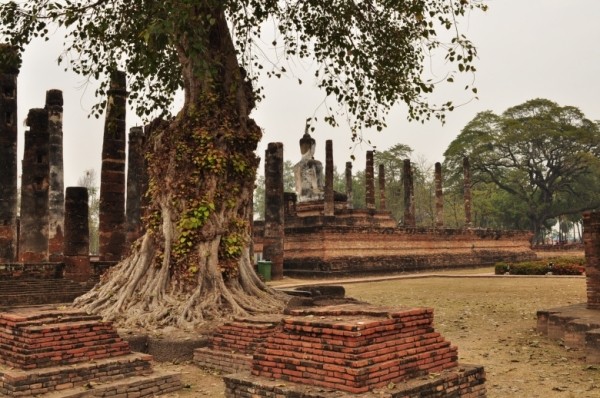
Make some complaints. Before 5: 00 a.m., I arrived at the station in Sukhothai New Town. I was ready to wait for daybreak and ask the way to ride my bike. Then there was another bus from Bangkok. The local people left and the remaining student sister took luggage case. The first exchange was between Koreans. The driver of the Tutu car lobbied many times and felt that it was unsafe for him to be alone. He decided to take a ride with him. The place where he got off was just one road with shops on one side and the ancient temple surrounded by water waves on the other side. The two guesthouse are close to each other and have a rest at the top. Later, more contacts revealed that Thailand’s folk customs are simple and there are very few adulterers. It is safe for you to buy tickets or wash your hands when waiting for the bus luggage to be put down at the station.
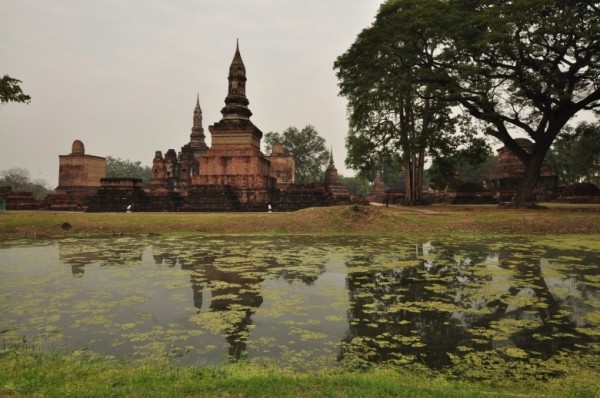
The ancient city was built in the 13th century. It is surrounded by several city walls (which have become earth piles) and rivers. Its core is not large. The so-called history park is enough to turn in two or three hours in the afternoon. It is all temples (WAT is the same as Cambodia’s title). Did the government at that time also work in temples? The largest is wat MAHATHAI. The broken columns of the remnant tower and the Buddha’s shadow are like buildings. They are mainly set off between giant trees, green grass, sky and water waves in red, white and black, like mottled and vigorous oil paintings. Being in it is crossing in the painting.
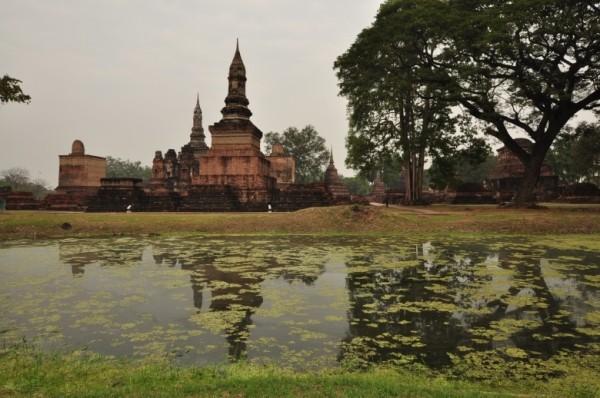
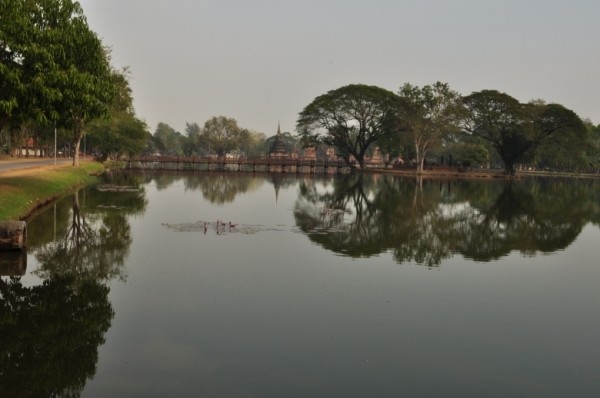
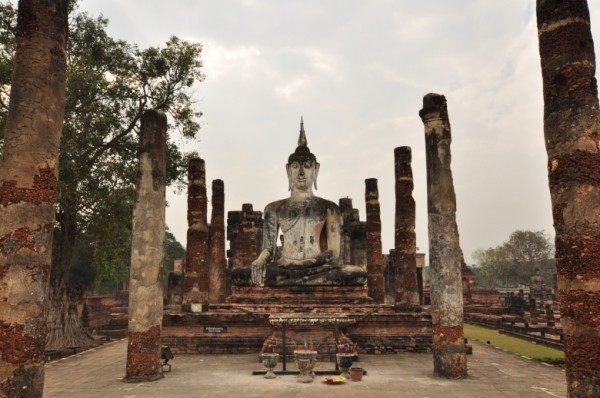

The next day (January 21) you can cycle outside the city to visit the ruins outside the ancient city. There are all four outside the city gate, some of which are still on the hill. It mainly looks like temples, and the shaping of several Buddha statues is still very characteristic. (When you get there, you have to get the first picture of this article, which is the tourist map of the ancient city) It is different and unexpected. There are few fees, and some are the same as those in RMB 10 yuan and 20 yuan. If the fees are expensive, you must find out whether they are multiple tickets. Imagine that China is a world heritage and must set the price above 100 yuan. Who benefits? How to introduce ancient civilization? People’s coins, do you really have them? Forever?
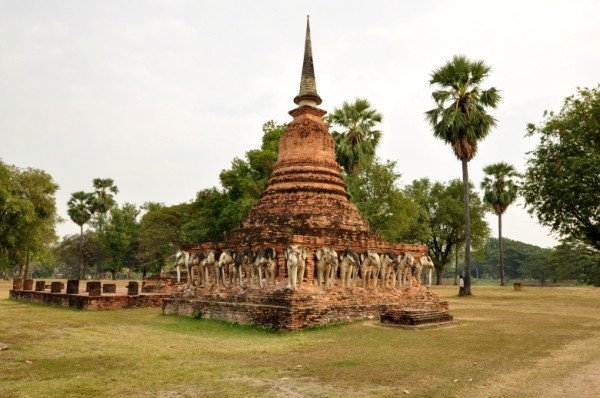
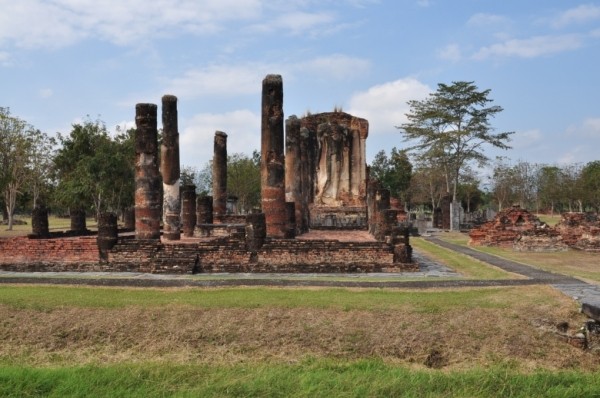

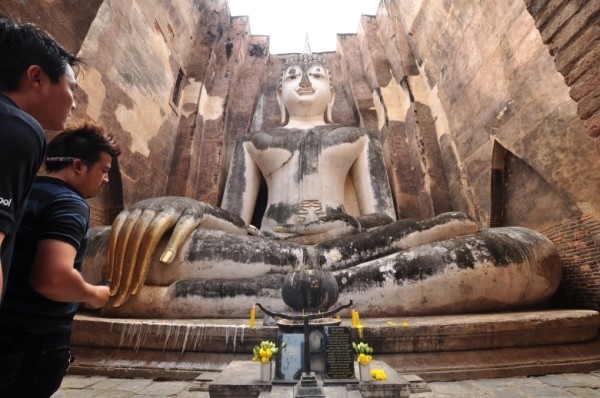

That night was New Year’s Eve, and a small group of Anhui, Hangzhou’s two sisters and South Korea’s Han (her surname is already a primary school teacher) gathered in Guesthouse’s pavilion like an ancient caravan to offer my alcoholic Kitchen God. The shopkeeper sent tableware and made fun of it. . . Full of food, a pair of ghosts walked through the sound of amazing amazing admiring.
After eating, they were still not satisfied. They went to see the ancient city in the middle of the night and set off again the next day.

Recent Comments